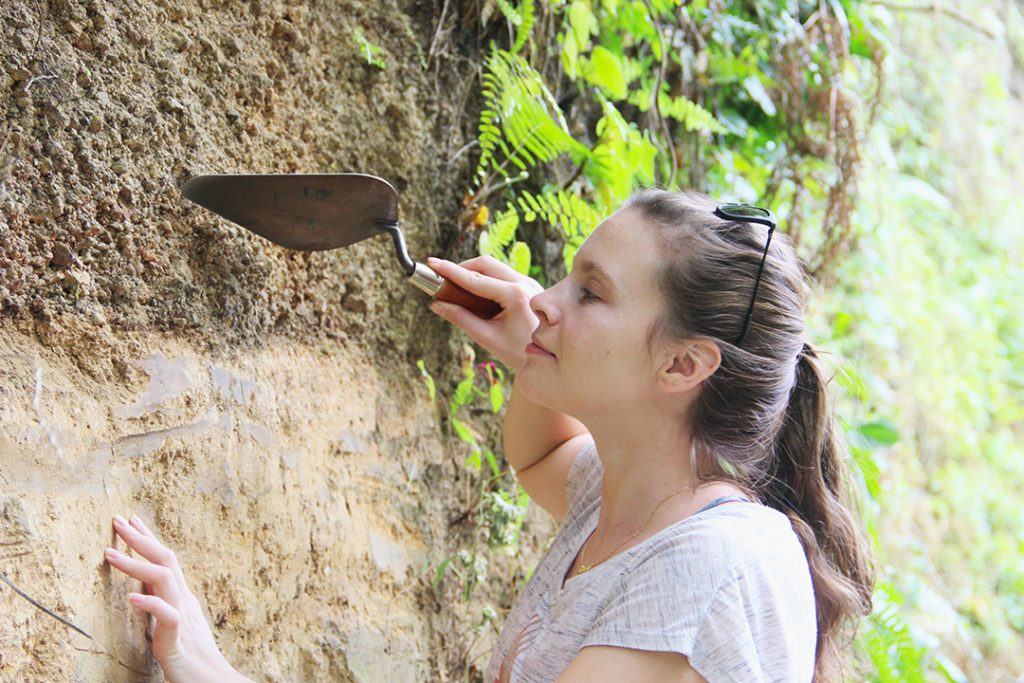Audrey Michaud-Dubuy receives the CCR Cat Nat 2020 thesis prize

Publication date: 22/06/2020
Awards and Distinctions, Institute Life, Press, Research
Related teams :
Geological Fluid Dynamics
Latest news








